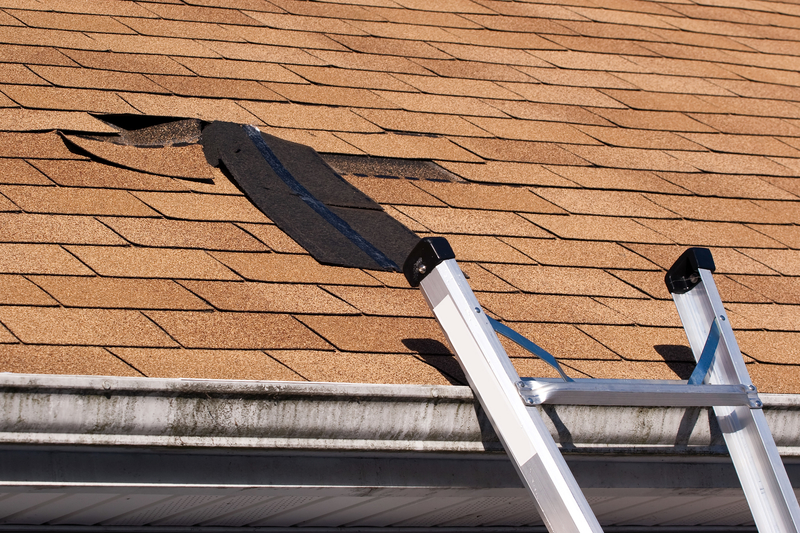While there are many benefits to living on the coast, being located in a storm region can come with its own challenges. People who have lived in storm regions know that frequent storms and natural disasters can occur at any time, and know how to be prepared. There are many things that you should do to prepare if you are considering living in a storm region, or if you already do.
Taking Preventive Measures
Taking preventive measures and precautions will be a regular part of your life if you live in a storm region. You’ll have to go through a series of actions each time a storm is announced on the horizon. You will want to clear your yard of debris that could cause harm to your house, cover your windows, be prepared with drinking water and food storage in a 72-hour kit or something similar, and know how to turn off your power and water, among other things. You’ll also want to make a family emergency plan so all of the members of your household know what to do if an emergency arises.
Home Maintenance Costs
Living in a storm region could also mean that you’ll have some irregular home maintenance costs each storm season. For example, you may need to groom and trim your yard more carefully, taking the time to trim your trees extensively so they don’t grow dangerously tall. Falling tree branches can cause serious damage to your roofing if you don’t maintain them. You also may need to perform some home maintenance indoors, like investing in thicker-paned windows, installing a tornado cellar, or creating a safe spot where your family can weather out the storm together.
Know the Storm Season
While you won’t be able to predict all the storms that will be coming your way, you may notice that some types of storms grow predictable over time. For example, during the winter you may have blizzards, snowstorms, and heavy thunderstorms. During the summer, rainstorms may come regularly after the extremely hot, humid days. Being familiar with the storms that regularly occur in your area can help you to prepare for them. Even when you can’t predict the storms, make sure that you have resources, such as news sites or radio channels that regularly broadcast updates on storm threats.
Now that you’re aware of the preparation that is required to live in a storm region, make sure that you follow the steps that have been discussed here. Remember to prepare your home and your family for these risks by using the different resources that will tell you about your storm region. The more prepared and cautious you are, the safer you and your home will be in the event of a large storm.
Read this next: How to Prepare Your Business’s Building for an Idaho Winter
